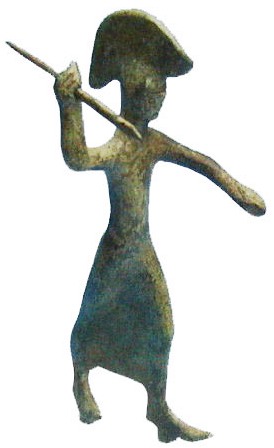JFTP: :connect: Could not connect to host ' mushecht2.HAIFA.AC.IL ' on port ' 21 '
JFTP: :connect: Could not connect to host ' mushecht2.HAIFA.AC.IL ' on port ' 21 '
JFTP: :connect: Could not connect to host ' mushecht2.HAIFA.AC.IL ' on port ' 21 '
JFTP: :connect: Could not connect to host ' mushecht2.HAIFA.AC.IL ' on port ' 21 '
JFTP: :connect: Could not connect to host ' mushecht2.HAIFA.AC.IL ' on port ' 21 '
JFTP: :connect: Could not connect to host ' mushecht2.HAIFA.AC.IL ' on port ' 21 '
JFTP: :connect: Could not connect to host ' mushecht2.HAIFA.AC.IL ' on port ' 21 '
JFTP: :connect: Could not connect to host ' mushecht2.HAIFA.AC.IL ' on port ' 21 '
JFTP: :connect: Could not connect to host ' mushecht2.HAIFA.AC.IL ' on port ' 21 '
JFTP: :connect: Could not connect to host ' mushecht2.HAIFA.AC.IL ' on port ' 21 '
JFTP: :connect: Could not connect to host ' mushecht2.HAIFA.AC.IL ' on port ' 21 '
JFTP: :connect: Could not connect to host ' mushecht2.HAIFA.AC.IL ' on port ' 21 '
JFTP: :connect: Could not connect to host ' mushecht2.HAIFA.AC.IL ' on port ' 21 '
JFTP: :connect: Could not connect to host ' mushecht2.HAIFA.AC.IL ' on port ' 21 '
JFTP: :connect: Could not connect to host ' mushecht2.HAIFA.AC.IL ' on port ' 21 '
JFTP: :connect: Could not connect to host ' mushecht2.HAIFA.AC.IL ' on port ' 21 '
JFTP: :connect: Could not connect to host ' mushecht2.HAIFA.AC.IL ' on port ' 21 '
JFTP: :connect: Could not connect to host ' mushecht2.HAIFA.AC.IL ' on port ' 21 '
JFTP: :connect: Could not connect to host ' mushecht2.HAIFA.AC.IL ' on port ' 21 '
JFTP: :connect: Could not connect to host ' mushecht2.HAIFA.AC.IL ' on port ' 21 '
JFTP: :connect: Could not connect to host ' mushecht2.HAIFA.AC.IL ' on port ' 21 '
JFTP: :connect: Could not connect to host ' mushecht2.HAIFA.AC.IL ' on port ' 21 '
JFTP: :connect: Could not connect to host ' mushecht2.HAIFA.AC.IL ' on port ' 21 '
JFTP: :connect: Could not connect to host ' mushecht2.HAIFA.AC.IL ' on port ' 21 '
JFTP: :connect: Could not connect to host ' mushecht2.HAIFA.AC.IL ' on port ' 21 '
JFTP: :connect: Could not connect to host ' mushecht2.HAIFA.AC.IL ' on port ' 21 '
JFTP: :connect: Could not connect to host ' mushecht2.HAIFA.AC.IL ' on port ' 21 '
JFTP: :connect: Could not connect to host ' mushecht2.HAIFA.AC.IL ' on port ' 21 '
 Carnelian, gold, and silver jewelry Late Cannanite (Bronze) PeriodThe desire for self-decoration was one of the strongest instincts of ancient humans and led to the production of jewelry, which was intended both to adorn and to draw attention to the wearer. The magical use of jewelry, too, was known in ancient societies, and jewels were at times meant to emphasize the wealth and status of their wearer, male or female. With humanity's development, jewelry became more and more sophisticated, reaching impressive levels of artistic accomplishment and diversity.
Carnelian, gold, and silver jewelry Late Cannanite (Bronze) PeriodThe desire for self-decoration was one of the strongest instincts of ancient humans and led to the production of jewelry, which was intended both to adorn and to draw attention to the wearer. The magical use of jewelry, too, was known in ancient societies, and jewels were at times meant to emphasize the wealth and status of their wearer, male or female. With humanity's development, jewelry became more and more sophisticated, reaching impressive levels of artistic accomplishment and diversity.









